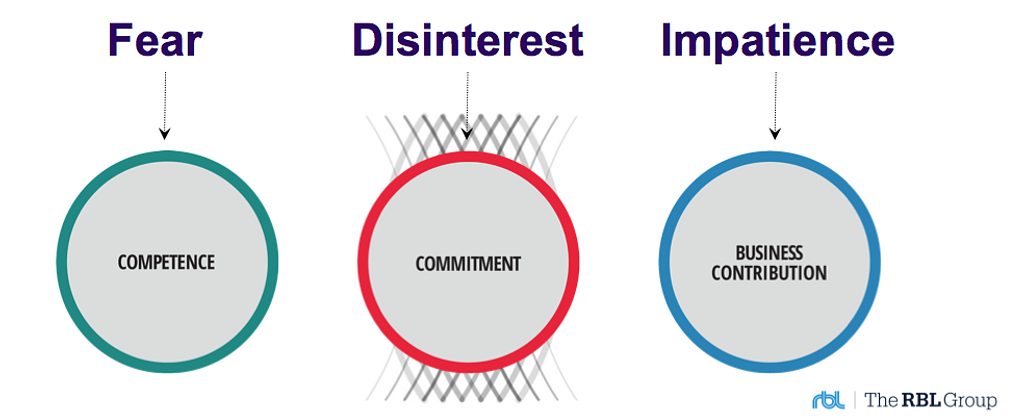How to communicate for impact
For companies to succeed in being collaborative and interactive, there is one important thing to focus on, and that is how to communicate well.
Communication is like the main artery of an organisation. The challenge in achieving good interactions between people lies in our ability to communicate and for the receiver to clearly understand the intended message.
As humans, we don´t see the world ‘as it is’. We all have our own modelled version of the world. This means that two people may not share the same understanding of information that is being transferred between them.
–At Signicat, we value action over words, a shared vision over individual agendas, and transparency over politics.
# So, when we want to communicate something important at work, how can we ensure we do this well?
The key is to recognise and understand what the RBL Group refer to as ‘internal noise’. Internal noise includes a number of factors that can affect messages being communicated effectively. By understanding and solving these factors, you can ensure that the receiver of your messages gets the correct information, and that you can make an impact through your communication.
At Signicat´s Leadership Academy, we learn about topics relating to our Key Leadership Beliefs. In June, the topic was how to communicate for impact. In Signicat, this means that:
- we value action over words
- we value a shared vision over individual agendas
- we value transparency over politics.
Practicing these beliefs leads to high engagement and performance but internal noise can negatively affect this.
–Sources of internal noise include fear, disinterest and impatience.
# What are the sources of internal noise in communication?
Let’s have a look at the three universal sources of internal noise that may affect your communication with others, and how this in turn may affect engagement and performance within your organisation:
- Fear affects competence. Signs of fear include no eye contact and poor body language.
- Disinterest affects commitment. Signs include mobile devices out, no response, or lack of actions.
- Impatience affects business contributions. Signs include being in a hurry, can’t be bothered with the issue, or someone complains.
When you are communicating with someone and you recognise these three sources of noise from the receiver, this is the receiver attempting to decode your communication. By recognising these sources, you can identify possible solutions that will help you to overcome the noise and communicate for impact. These include:
# Addressing fear to improve competence:
Discuss with your colleague where the fear comes from. Maybe teaching is needed. Make available time for self-development, reinforce messages, and provide support.
# Addressing disinterest to improve commitment:
Call attention to the behaviour/body language you observe. Figure out what could make the task more interesting.
# Addressing impatience to improve business contributions:
Test to see if your colleague understands the importance. Ask them to repeat back the instructions to see if they have received the correct message or vision you are trying to communicate.
# Why is it important to reduce communication noise?
By reducing internal noise in communication, you can ensure that what you say matters, and that more people can hear your message clearly and act on it. It is also important to be aware that the spoken word is only one part of how we communicate. Body language and tone of voice also play a key role. If any of these three components are off in your communication, you will disturb the vision that you want to communicate.
Clear communication helps us build trust and create a positive work environment, which is also an important focus for us here at Signicat.


